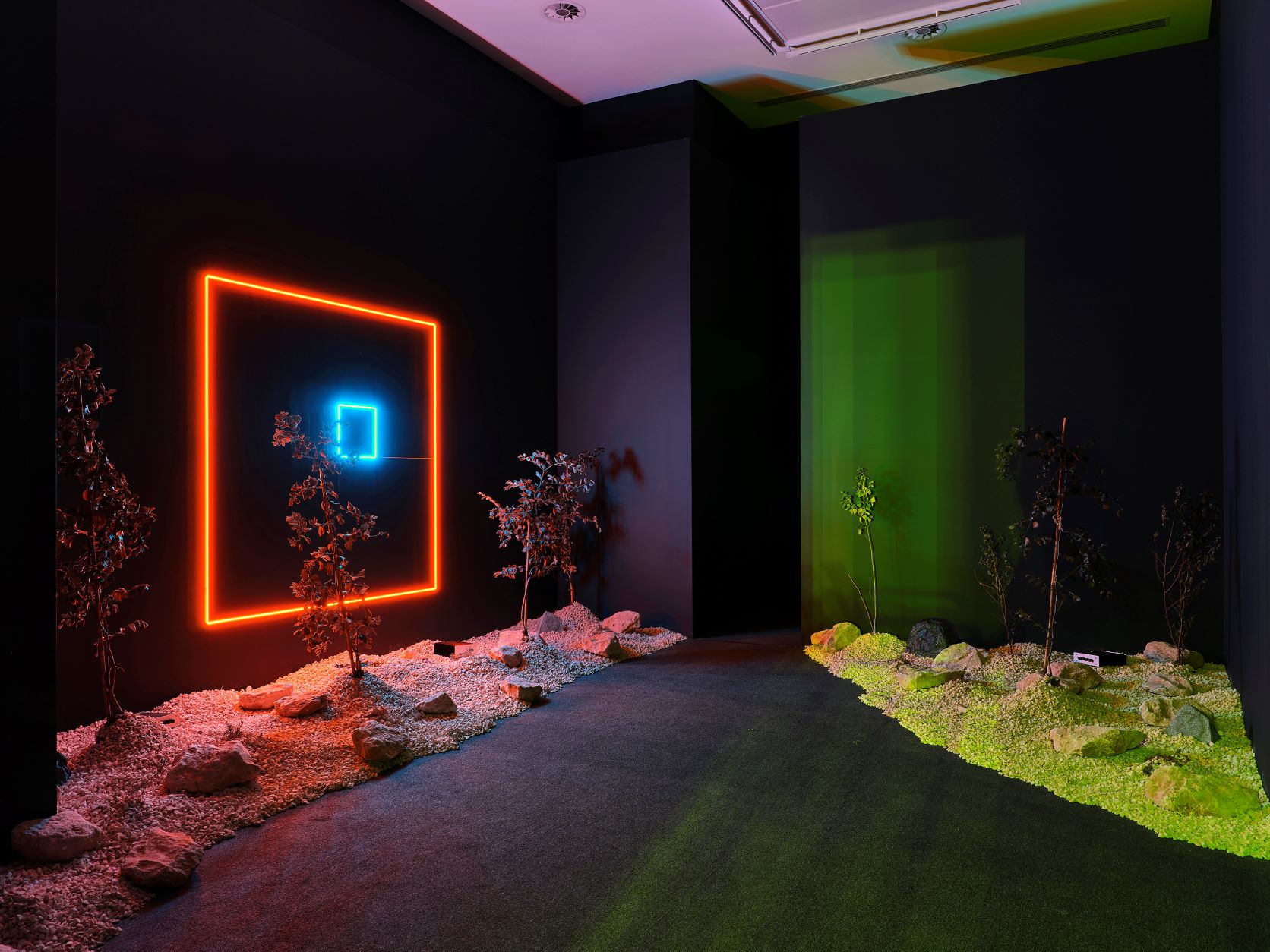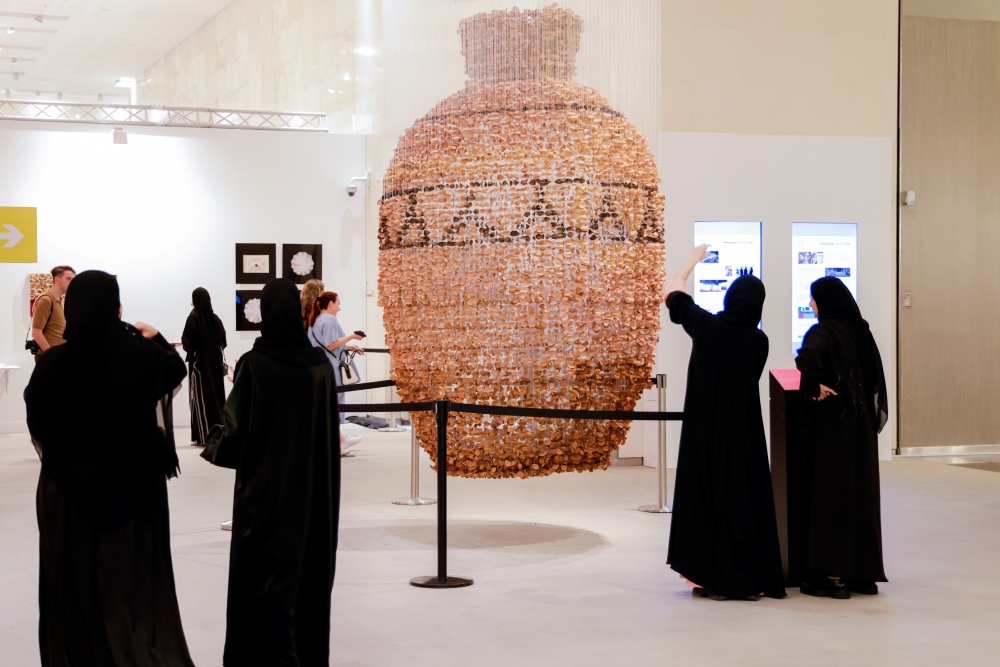So says Niki de Saint Phalle in a “letter to Jean” written in 1993 to present her new series of works the Tableaux éclatés (Burst Paintings), placing them under the auspices of the artist Jean Tinguely, her former partner whom she had met over thirty years earlier. Her alter ego, her friend, her partner in art even more than in life, whom she never really left, died two years earlier. […]

As is often the case, Niki de Saint Phalle reacted to this twist of fate through art, creating a new form in response. Here, we’ll call them Tableaux éclatés (Burst paintings). While these works, which echo her life, may seem personal and circumstantial, the way in which she transcends the events, even the tragic ones, the way in which she shares the intimate with the public, the way in which she builds resilience through creation, gives them a kind of intimate truth that is humanistic and universal. Her art is a staging that transcends the course of life and in which, despite the conjunctures, her style, her colorful line, her inventiveness, are reasserted and easily recognizable. […]
From 1992 onwards, when she decided to take up this movement issue on her own, she did so in her own way. […] She drew on the “Méta-reliefs” formula (by Tinguely), when they first met in the 50s. With the technical support of her assistant Marcelo Zitelli, she chose to hide the motors that activate the cut-out shapes in the painting on the reverse side, which are moved by the passage of viewers thanks to photoelectric cell sensors developed with the help of an electronics engineer. Although the technique is ostensibly borrowed from Tinguely, the themes and plastic vocabulary are those of Niki de Saint Phalle. […]

[…] Among the patterns of the Tableaux éclatés, are of course the famous Nanas bathers who, since the 1960s, have made up an “army” of emancipated women, very different from the passive odalisques of the Beaux-Arts museums, whose buxom bodies and colorful outfits symbolize a joyful, assertive, artistic and feminist affirmation.
[…] In the Tableaux éclatés, vivid colors are further exacerbated, enlivened by the possibilities of electric light. However, if these paintings are “burst”, the movement of the shapes in relief remains gentle, relatively slow and, in any case, moderate. Therefore, how are we to understand the term “burst”, which we can’t imagine was chosen at random?
In the 1993 catalog, Pontus Hultén gave this first clue: “Burst means the energy of an explosion, the concentration of a force that seeks to expand. A tire bursts, a head bursts, skin bursts”. While neither he nor Niki de Saint Phalle address it directly, it’s hard not to make the connection in the historian’s words with another “energy of an explosion”, the Tirs series performed and realized by Niki de Saint Phalle from 1961 onwards. […]

Art is movement, the work is in motion, like us. We are changeable, like the Tableaux éclatés that move without settling, like our reflections in the mosaics of mirrors that cover many of Niki de Saint Phalle’s works and in which we try to see ourselves. We are unstable, in constant transformation, “fragmented”: “The walls of the labyrinth are covered with mirrors. They reflect me, and the lights, and the shadows. […] Mirrors, mirrors are fragmented, light is fragmented, I too am fragmented.”*
*Excerpt from Annabelle Ténèze’s essay to be published in the exhibition catalog, co-edited by the gallery, Salon 94 and Les Presses du Réel in September 2023.
The series Tableaux éclatés is presented for the first time in Paris since its inception and its presentation in the artistʼs retrospective at the ARC Musée dʼArt Moderne de la Ville de Paris in 1993.
Simultaneously, the gallery is presenting an exhibition devoted to the artist’s works from the 1960s in its New York space (www.fleiss-vallois.com) from September 7th.




